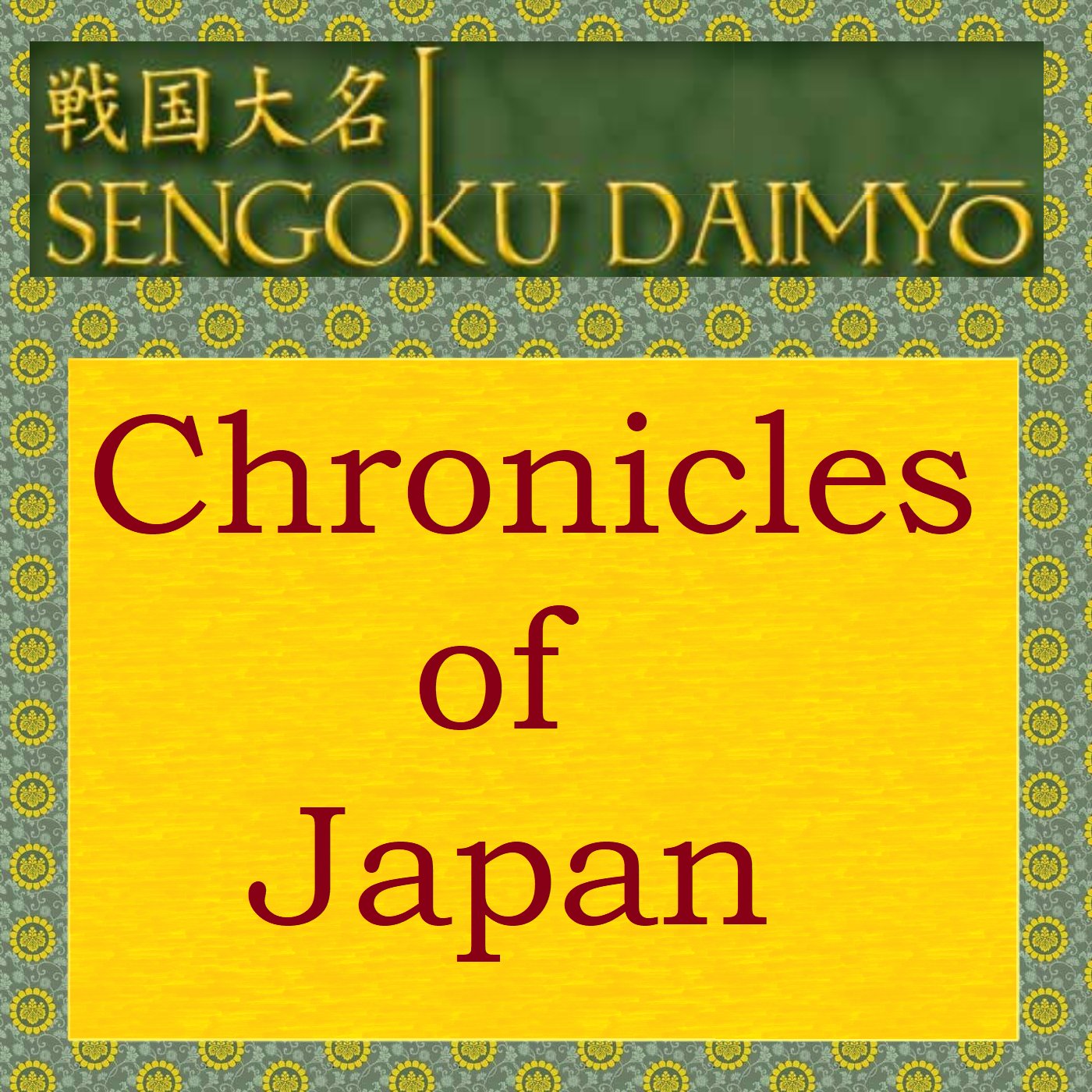- After-Shows
- Alternative
- Animals
- Animation
- Arts
- Astronomy
- Automotive
- Aviation
- Baseball
- Basketball
- Beauty
- Books
- Buddhism
- Business
- Careers
- Chemistry
- Christianity
- Climate
- Comedy
- Commentary
- Courses
- Crafts
- Cricket
- Cryptocurrency
- Culture
- Daily
- Design
- Documentary
- Drama
- Earth
- Education
- Entertainment
- Entrepreneurship
- Family
- Fantasy
- Fashion
- Fiction
- Film
- Fitness
- Food
- Football
- Games
- Garden
- Golf
- Government
- Health
- Hinduism
- History
- Hobbies
- Hockey
- Home
- How-To
- Improv
- Interviews
- Investing
- Islam
- Journals
- Judaism
- Kids
- Language
- Learning
- Leisure
- Life
- Management
- Manga
- Marketing
- Mathematics
- Medicine
- Mental
- Music
- Natural
- Nature
- News
- Non-Profit
- Nutrition
- Parenting
- Performing
- Personal
- Pets
- Philosophy
- Physics
- Places
- Politics
- Relationships
- Religion
- Reviews
- Role-Playing
- Rugby
- Running
- Science
- Self-Improvement
- Sexuality
- Soccer
- Social
- Society
- Spirituality
- Sports
- Stand-Up
- Stories
- Swimming
- TV
- Tabletop
- Technology
- Tennis
- Travel
- True Crime
- Episode-Games
- Visual
- Volleyball
- Weather
- Wilderness
- Wrestling
- Other
Setting the Stage
This episode we set the stage for one of the most momentous conflicts of the 6th century. A lot of change is coming to the islands, and the outcome of the power struggles would determine just what shape that change would take. For more see our podcast webpage: https://sengokudaimyo.com/podcast/episode-90 Rough Transcript Welcome to Sengoku Daimyo’s Chronicles of Japan. My name is Joshua, and this is episode 90: Setting the Stage So when last we left off, the sovereign Nunakura Futodamashiki, aka Bidatsu Tennou, had passed away, and there had been some early flirting with Buddhism, which largely ended up pitting members of the relatively new Soga family against the powerful forces of the ancient Mononobe, as well as their allies, the Nakatomi. It even got so bad that the heads of the two houses, Soga no Umako and Mononobe no Moriya, were openly mocking each other at the sovereign’s funeral. And unfortunately, things weren’t getting better any time soon. In fact, I should probably warn you that around this point in the narrative we are really going to get all Game of Thrones on the archipelago. Family against family, sibling against sibling, with deadly political intrigue. And as we get into it, we should talk about a few things up front to help put everything in context. So let’s come back up to speed on the situation, shall we? In the late 6th century, the royal court was in its third dynasty. The sovereign, Nunakura Futodamashiki, aka Bidatsu Tennou, died from a plague that settled on the land. Across the straits, the once small kingdom of Silla was on the rise, having gobbled up the small polities around it, including Yamato’s apparent ally, Nimna. Now the southern peninsula was largely divided between two kingdoms, Silla and Baekje. Both were in contact with the Yamato court. And then there is the far distant northern power of Goguryeo, pressing southward themselves. Yamato’s involvement on the peninsula meant there was quite a bit of cross-strait intercourse—in more ways than one. There were Wa on the peninsula, but there were also groups of Baekje, Silla, and Goguryeo men and women who settled in the archipelago. They brought with them various innovations and ways of thinking. One of these things was the concept of corporate “Be” families. Now, don’t get me wrong, there clearly were families in the archipelago and had been for some time, but at some point we see the literal creation of the official families, the Uji: Groups of people who shared a similar job, gathered together under a family head, who in turn was given a place in the Yamato court. The family then regulated the business of its members to the benefit of the court. These created families, usually marked with the suffix of “Be”, became an outgrowth of the court’s power, and they were in turn ranked with a collectivist title, or “kabane”. The highest ranking uji were given the titles of “Muraji” and “Omi”, and the heads of those households were known as the “Ohomuraji” and the “Ohoomi”. One of the oldest of these families, on one side of this growing interal conflict, was known as the Mononobe. They claimed a likely fictional descent from Nigi Hayahi, a “Heavenly grandchild”, similar to the ancestor of the royal family, Ninigi no Mikoto - an illustrious backstory that no doubt helped justify their position. As for the rest, well, “Mononobe” literally translates to “the be of things” … and in this case, those things were weapons, reflecting a historical role of this important family as the enforcers and the heavyweights of the Yamato court. Of course, they weren’t the only ones with access to troops and weapons, as we’ve seen various families raising troops to go fight on the continent, and one can only assume that most powerful individuals at least had those they

